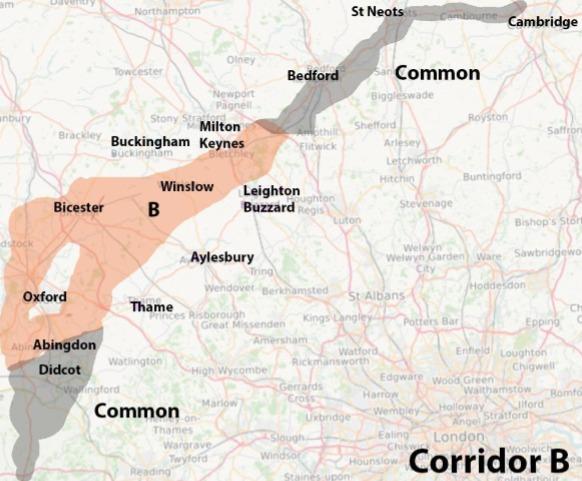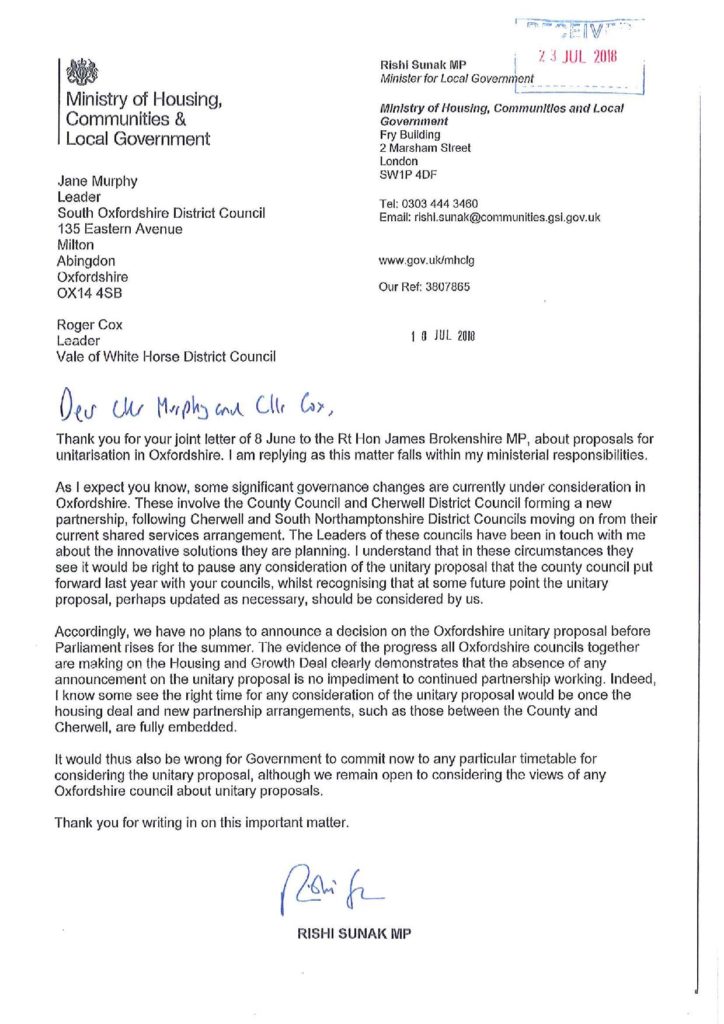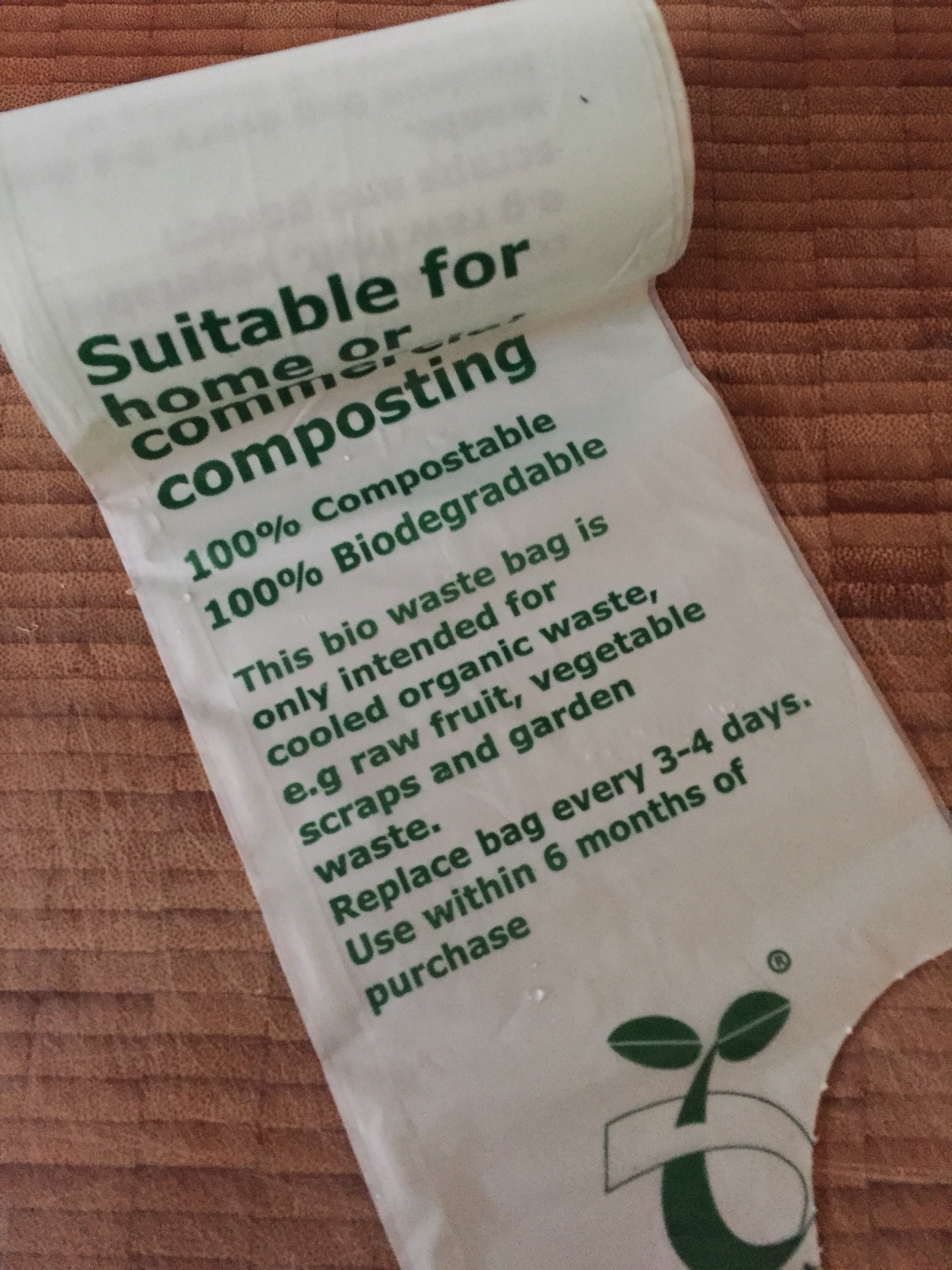I’ve formally objected to (and called in to committee) the planning application P18/V2510/FUL for 6 flats at 20 Eynsham Rd.
Here’s what i said in my objection:
The plans don’t differ significantly from the previous ones.
The main problems are overdevelopment of the site, intensification of use, overlooking neighbours, so loss of privacy, especially with respect to 2 Tilbury Lane.
Applicant sought pre-application advice and was given it. Applicant seems to have ignored the advice given, essentially that intensification of this ‘relatively small site’ would not be acceptable. (In their application docs, applicants refer to it as a ‘relatively large site’. Didn’t listen to pre-app advice.) To meet the ‘no intensification of use’ criteria, we would expect an application for no more than 2 dwellings on this site to be acceptable in principle.
So applicant proposed to demolish two flats and build 6 flats, with 9 bedrooms and 6 parking spaces.
Vale’s design guide does not support car parks in front of flats.
Design Guide also has something to say about entrances to flats and flatted developments.
Unsafe access to and egress from parking.
Bins on Tilbury Lane. Would this be allowed?
Plans don’t reveal how many flat and parking spaces are disability accessible.
Over dominant relative to neighbouring sites.
Not in alignment with homes on Tilbury Lane
Six parking spaces for 9 bedrooms; not enough parking. No visitor or delivery parking. There is no parking allowed on Eynsham Rd or on the private Tilbury Lane.
This application is for a development that’s inappropriate on this site.
I have also called this application in to Planning Committee.







